What is Supply Chain Strategy:
Supply chain strategy refers to the overall plan made by a company for the efficient and effective movement of products and services from the supplier to the consumer. It is the process of co-coordinating the purchasing, operations, logistics, and customer relations activities concerning company objectives in a manner that has regard to cost, quality, time, and speed in the paradigms of flexibility.

Components of supply chain strategy:
A supply chain strategy is a concept that has several important aspects such as a supply chain network, suppliers, stocks, shipment, distribution channels, and risks. Each one supports its function to help facilitate the flow of material, information, and financial resources in the supply chain, to achieve maximum efficiency in performance to gain and sustain a competitive edge.
Strategy Design:
Strategy design involves defining the goals and end vision of the supply chain strategy. Market analysis involves the evaluation of demand patterns within markets and the evaluation of a company’s selling capabilities. This phase lays down for building a strategy that is unique to the organization, its objectives, vision, and capacity.
Strategy Planning:
Supply chain management strategy involves coming up with specific operational and implementation plans and steps in support of the set supply chain goals. It includes the prediction of demand, definition of key performance indicators, resource sharing, and schedule determination for corporate objectives. Planning makes the supply chain strategy specific and practical, methodical, and based on overall business strategy.
Strategy Execution:
Strategy execution is the next stage whereby the outlined strategies are implemented. It encompasses the management of activities within different functions, assessing the effectiveness of the implemented measures, and making changes to reach the strategic objectives if needed. Leadership, communication, and management are key aspects of the execution process that should be effectively coordinated with the evaluation of how the processes can be improved to gain the best results in operations.

Types of Supply Chain Strategy:
Total management strategies in the related organizational objectives and market requirements and conditions may be different. Options include lean approach, agile approach, responsive approach, and a blend of these approaches known as the hybrid approach.
Client – Centric:
An effective supply chain is another feature of a client-oriented supply chain where the focus is directed toward satisfying their needs. It revolves around the account of customers’ demand, timely delivery, and better customer experience, which result in customer satisfaction and organizational development.
Predictive Business:
Forecasting business solutions use statistical analysis and forecasting mechanisms to help power companies foresee and prepare for market shifts, customer demands, and supply chain constraints. Thus, understanding and predicting various difficulties that could arise when managing inventory would be of great benefit to organizations as a way of maximizing business efficiencies and avoiding unnecessary perils.
Visibility:
Network visibility in supply chain strategy is the enabling of constant tracking and monitoring of inventory, shipment, and the manufacturing flow process within the supply chain network. Greater awareness can help achieve increased organizational responsiveness by improving decision-making, risk assessment, and management, and supporting the coordination of activities among stakeholders.
Smart Automation:
Appropriate technology enhancements such as artificial intelligence, robotics, and IoT entail the automation of SCM processes. Automation helps eliminate human error, improves processing speed, and provides timely decision-making, thus providing organizations with the flexibility required in today’s dynamic marketplace.

Things to Consider When Creating a Supply Chain Strategy:
Developing an effective strategy for supply chain management calls for some considerations towards various aspects to match the intended goals and trends in the market.
Supplier Relationships:
Successful relationships with suppliers do not only end on the transactions. It involves the identification of the different levels of communication, amount of trust, and cooperation between patients and medical personnel. Fostering strategic partnerships also helps manage difficulties and work on them as equals to evolve effective solutions and optimize procurement and supply chain.
Ethics and Sustainability:
Applying ethical and sustainable strategies should not simply be seen as the right thing to do but as a competitive argument. This entails compliance with the set labor rights, resource conservation, and actuality in the supply chain. The ethical and sustainable development of organizations ensures that stakeholders engage and trust in the operations of the organization while creating sustainable generative revenue.
Risk Management:
Preemptive measures are necessary to prevent disruptions in the supply chain owing to various factors like natural calamities, political instabilities, etc. It includes risk identification, risk mitigation, risk management strategies workouts, and efficient monitoring procedures. Major risk forms can be minimized and prevented by organizations thus avoiding additional expenses, continued operations, and reputation damage respectively.
Global Responsibility:
The notion of global responsibility has become more than just a domestic topic in this interconnected world. It includes issues with sourcing, especially issues to do with workers’ treatment as well as the company’s adherence to any international standards including labor and environmental standards. When an organization communicates global responsibility, it can state how it is ethical to conduct its business as well as be socially sensitive.
Social Benefits:
The measures in the supply chain management processes should not only be directed towards the business productivity results but also social impacts effects on people within the society and other stakeholders. Some of the goals and programs in this sense include: generating employment, purchasing from local merchants, as well as endorsing diversity in employment. Companies should engage in such practices and contribute to social programs to gain trust with the community and increase their reputation.
Competition:
Market analysis in terms of knowledge of the market, the target market, and competition from other companies and products is crucial for sustaining competitiveness. It requires the ongoing assessment and learning of business environment changes trends and novelties in the industry. Differentiation of products and efficient operations also provide higher value to the consumers, which will help the organizations to be more competitive and to have longer-term success.

Top Supply Chain Strategies for Business:
Implementing effective supply chain strategies in companies includes supply chain council formation, strategic supply chain technology application, strategic partnership, attaining total costs of ownership, and strategic supplier sourcing. All the strategies affect the overall productivity, cost control, and competitiveness of markets at large.
Set up a Supply Chain Council:
The development of the supply chain council supported by the key supply chain stakeholders enables the linking of supply chain strategic objectives to the broader corporate goals. This process optimizes organizational strategic planning, encourages interaction between departments, and potential for efficient integration of supply chain management strategies with organizational goals.
Leverage Technology:
Leveraging innovative tools like artificial intelligence, data analysis, and automation enhances supply chain activities. In demand forecasting, movement, inventory management, and logistic system improvement, the technology promotes higher efficiency, accuracy, and transparency to help businesses make the right decision quickly in response to changes in demand.
Create Alliances:
Developing partnerships with suppliers, distributors, and logistics providers means that the parties will work together towards common goals. Through collaboration, sharing of knowledge, and synchronization of efforts and actions, the goal of achieving efficiency and effectiveness of various business operations results in cost-cutting measures and elimination of risks across the supply chain and achieving the objectives of increased agility and competition.
Aim for Overall Cost of Ownership:
In addition to initial expenditures, organizations should also look at the overall cost of undertaking arrangements in supply chains. By identifying key attributes such as after-use, running, and scrapping costs, enables sound decisions that economically benefit a business by providing an optimal value across the product’s life cycle in terms of profitability and sustainability.
Strategically Source Suppliers:
From the above-discussed topics, it is clear that handling suppliers and choosing the right supplier is fundamental in supply chain management and should be guided by factors such as quality, reliability, and cost of the suppliers. Strategic sourcing emphasizes supplier evaluations, achieving better contract terms, and developing long-term partnerships that focus on developing a higher value for each supply chain link.
Centralized Contract Management:
Centralizing contract management in procurement can be effective in cutting away various procurement issues, increasing compliance with the laid rules and regulations, and cutting away on the risk involved in a decentralized process. Through rationalization of contracts, reduction of variations, and maintenance of data, procurement can increase transparency, control, and bargaining power that would lead to improved efficiency and reduction of overall costs for the overall industries.
Optimized Inventory Management:
Effective supply chain management ensures that an organization provides the right product at the right time and in the right quantity by avoiding the accumulation of large stocks of products. Thus, demand forecasting, real-time data analysis, and efficient inventory management can help lower costs, increase the number of inventory turnovers, and deliver improved customer satisfaction through the timely delivery of ordered goods.
Regular Assessment :
The advantage of carrying out a regular assessment of supply chain performance is as a way to determine the strengths, weaknesses, and opportunities. By having performance audits, performance reviews as well as benchmarking, businesses will be able to discover inefficiencies, work on areas that require improvement, avoid stagnation, and improve competitive advantage in the market.
Monitor and Set Risk Levels:
Supervision and the management of risk tolerance also involve risk evaluation to determine the risks that could affect a supply chain as well as the formulation of measures to address such risks. Thus, thresholds of risk can be set, KPI indicators can be tracked, and contingency plans can be created, which allows managing risks actively and preventing their negative impact on businesses’ performance and continuity.

Challenges of creating a Supply Chain Strategy:
Supply chain strategies face difficulties because of factors like global networks and markets together with uncertainties like geopolitical risks for a company to be successful. More challenges include a pool of funds and limited funds or capital, the potential of little coordination, or poor coordination. Application of sophisticated technologies requires major purchase and social adaptation. Evaluation and risk analysis are vital for the improvement and sustainability of institutions amid changing contexts.
FAQs
1) What is a Supply Chain Strategy?
A Supply Chain Strategy defines how a particular SC will be managed and coordinated to deliver goods and services to customers. It pays special attention to aspects such as efficiency, reliability, and speed in the supply chain network to operate effectively.
2) What are the components of Supply Chain strategy?
Elements of supply chain strategy consist of many aspects that are vital to success. Some are network design to enhance logistics, supplier selection to get reliable and quality products, inventory to manage stock, logistics to transport goods, distribution channels to reach the customers, and risk factors to handle interruptions.
3) What are the types of Supply Chain Strategy?
Supply Chain Management types include various approaches designed to reflect certain business requirements. Lean approaches are driven by the reduction of waste while agile methods emphasize adaptability to the fluctuating consumer needs. For example, responsive strategies focus more on the customer end while hybrid strategies entail a combination of one or more strategies to produce the best results.
4) Why is Supply Chain Strategy important?
Supply Chain Strategy is one of the most crucial factors for increasing operational efficiency, reducing costs, improving customer satisfaction, and gaining a key competitive edge. It ensures that the supply chain operations support the organizational objectives and help in enhancing operational efficiency, resource productivity, and customer satisfaction leading to strengthened market presence and commercially viable outcomes.
5) How to develop a supply chain strategy?
For a supply chain strategy, there is a methodical approach that has to be followed. It starts with the identification of market requirements and evaluation of organizational resources. Strategic goals are defined, after which the action plan is developed based on those objectives. Technology integration and the development of stakeholder partnerships are essential. Self-organization and permanent control increase stability and openness to new market processes.







